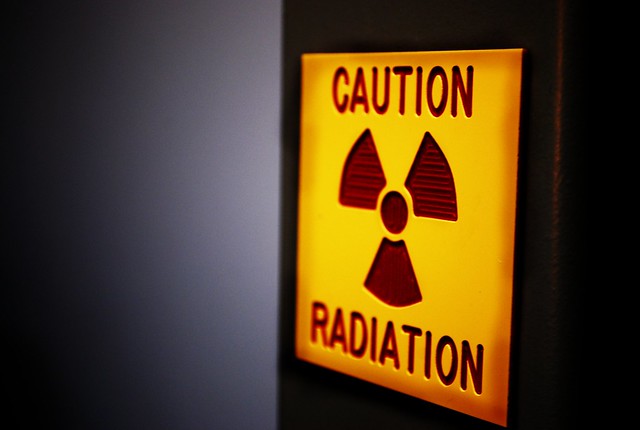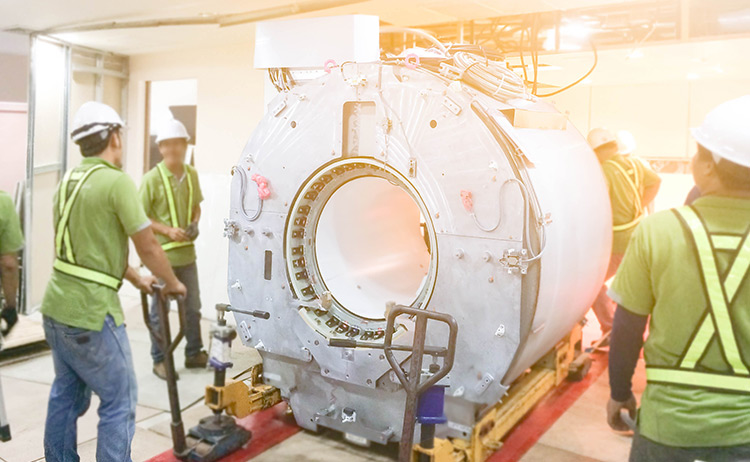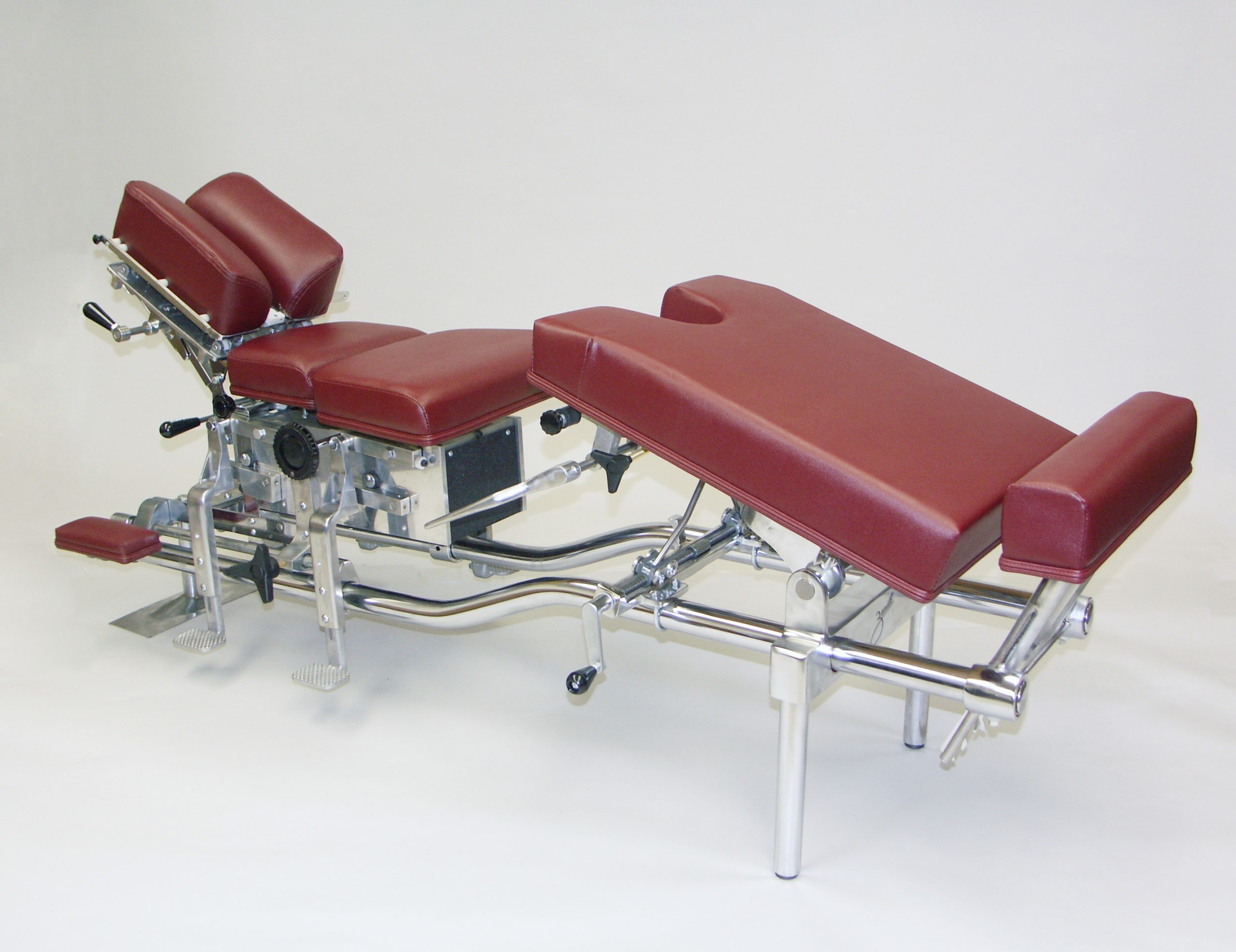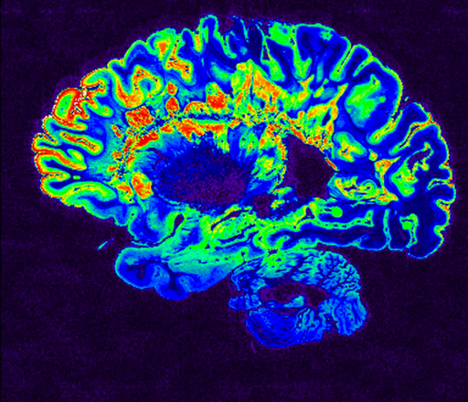
Like so many other discoveries, x-rays were an accident. But Wilhelm Roentgen’s serendipitous find would revolutionize diagnostics, cancer treatment, and even heavy industry in the century ahead. The rise of radioisotopes coincided with a better understanding of the dangers of ionizing radiation, bringing a demand for shielding to protect radiographers and patients alike. And one of the oldest tools in the profession — lead — remains one of the best. Why is lead and radiation shielding so important, and why is lead a good radiation shield in Detroit medical practices? Coastal Medical Imaging has answers.
How X-Rays Work
The initial discovery of x-rays was an accidental side effect of experiments on cathode ray tubes similar to those found for many years in televisions and computer monitors. These tubes give off low levels of radiation that could, in turn, be combined with a capture medium to provide images as that radiation penetrates soft tissue.
X-rays became more powerful when radioisotopes like technetium, cobalt, and radium, with their higher energy and greater penetrative ability, came into common use. Although these isotopes would broaden the uses and accuracy of x-rays, they’re just as capable of harming as helping, as many early researchers found out the hard way after suffering injuries or succumbing to cancer and other illnesses.
Harmful Side Effects of Radiation Exposure
Ionizing radiation of the type used for x-rays has a wide variety of adverse health effects, some of which can take place at the level of an individual’s DNA. These effects can be seen after a single high-dose event, or may build up over time with repeated low-level exposure. Among them are:
- Skin burns
- Acute radiation exposure
- Cardiovascular disease
- Cancer
- Risk of infertility and birth defects
- Developmental delays and cell damage for younger patients
As the EPA points out, our bodies can repair some of this damage in the event of limited exposure (e.g., the dose delivered by a diagnostic x-ray), but the higher or more frequent the dose, the more difficult that becomes. That’s why shielding is extremely important for x-ray technicians and patients alike.
How Does Lead Shield Radiation?
Another EPA resource points to three important factors for x-ray safety.
- Distance: If you’re a fair distance from a flame, you won’t feel its heat the same as you would if you were in close proximity. Ionizing radiation also has a limited “range” relative to its source, but of course a diagnostician can’t rely on distance while taking x-rays.
- Time: This is the easiest variable to control with regard to exposure; experience, accuracy, and proper technique so that you’re getting the right diagnostic image on the first try means fewer retakes and lower exposure for patients and technicians alike.
- Shielding: Concrete, earthen barriers, water, or a thin layer of metal can stop alpha and beta particles, and if the barrier is sufficient these same materials can inhibit or stop gamma radiation and x-rays as well. That’s fine if you’re building a bomb shelter in your basement, but it’s hardly practical for a clinical setting.
Lead makes an excellent shield because of its high density. That allows a relatively small amount of lead to stop errant x-rays and other types of radiation dead in its tracks. It’s also far more practical, since it can be fashioned into a lead apron, or the types of lead shielding we install in doctors’ offices (including shielding for portable x-ray equipment and for stationary enclosures) is much more effective than the alternatives. Among our solutions:
- Lead glass utilized for viewing
- Stationary or mobile barriers to stand behind
- Lead curtains for temporary partitions
- Lead walls for permanent x-ray rooms
Of course, an effective shielding design goes deeper than simply protecting against background radiation. It needs to integrate into your practice, helping your staff and patients without hindering workflow. That’s why our lead shielding installations are just one facet of a comprehensive approach to system design that delivers the medical imaging equipment you need, but also the means to use it safely and effectively. For shielding that exceeds standards and expectations alike, get in touch with Coastal Medical Imaging.









